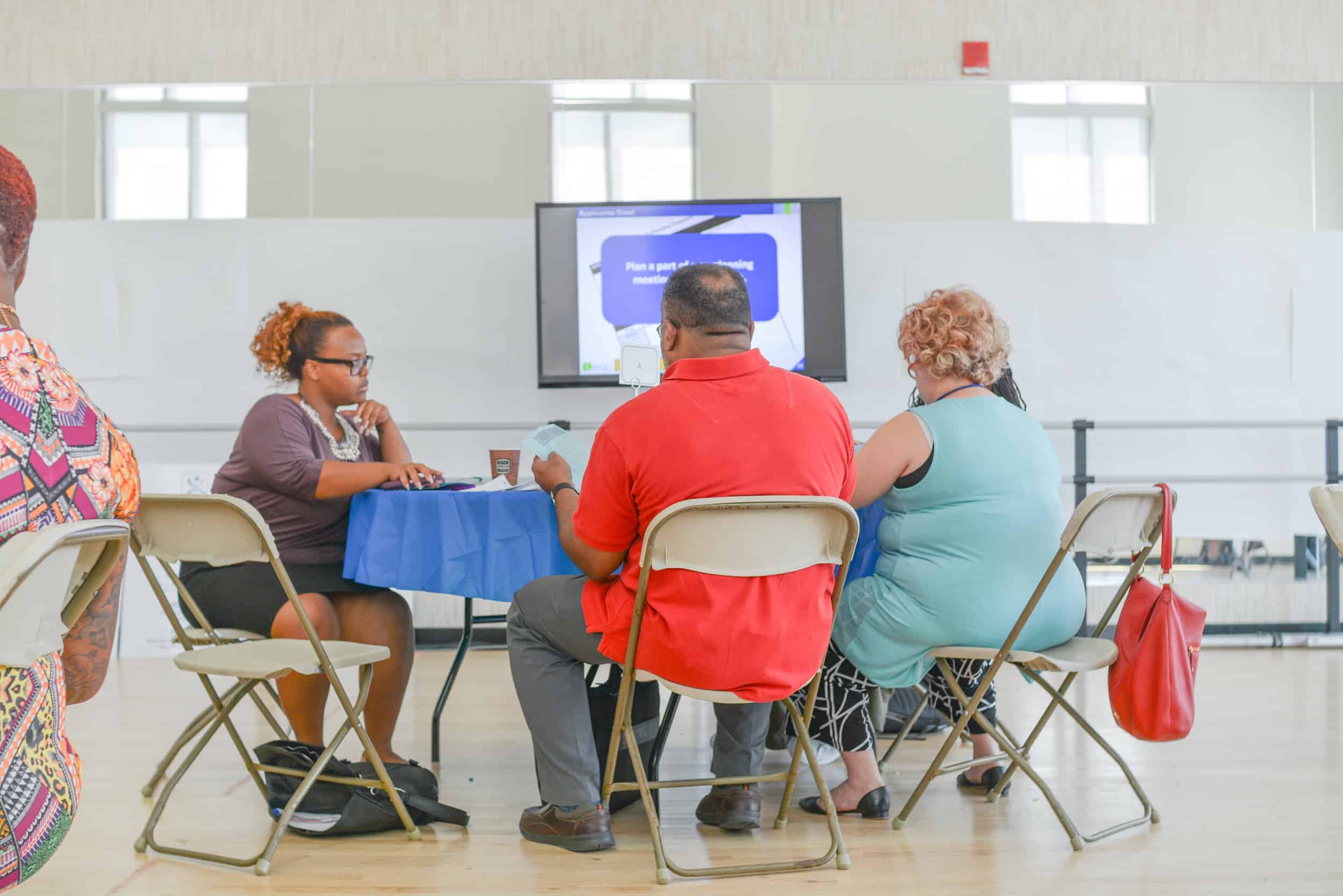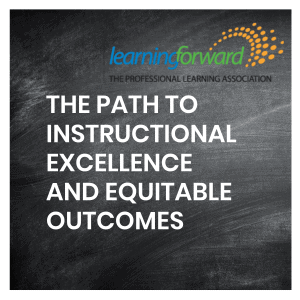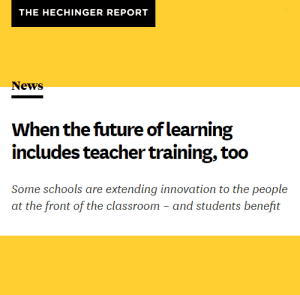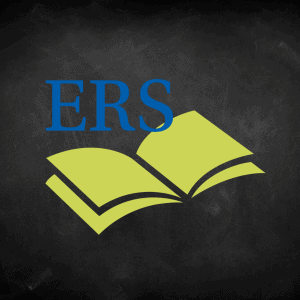
DC Public Schools LEAP
Stories from the Work
Q&A: How DC Public Schools Guides Teachers Through Cycles of Continuous Improvement
District of Columbia Public Schools (DCPS) is a national leader in supporting teachers—and it’s no coincidence that just a couple of years after the district introduced its unique professional learning framework, it is seeing big gains in student achievement.
The cornerstone of the district’s approach to professional learning is called “Learning together to Advance our Practice”—commonly referred to as LEAP. Through this model, DCPS teachers work with content-specific teams within their school to engage in weekly learning cycles. The model has three key parts:
- Weekly 90-minute seminars, when each team focuses on deepening their content knowledge and strengthening instructional practice;
- Regular, brief (15-minute) observations, when teachers showcase how they’re applying what they learned from the weekly seminar while their LEAP team leader observes them; and
- Regular debriefs between the teacher and their LEAP leader, when they reflect on the teacher’s growth and areas for improvement, and identify one skill to focus on the next week.
These quick, focused LEAP cycles have had a positive impact on instruction throughout DCPS, including at Turner Elementary School, where the majority of students come from low-income households but are making impressive academic progress. We spoke with Eric Bethel, principal of Turner, to learn more about how LEAP works at his school and the impact the model is having on teachers and students.
What part of the LEAP framework has led to the most improvement in your school?
Eric Bethel (EB): One component of LEAP that I really think has helped us grow as a school and has had an impact on student outcomes is the instructional observation and debrief process for teachers. In our building, every single teacher gets a weekly observation and debrief—when a LEAP leader leads a teacher through reflecting on their practice and what the leader observed. During this time, they also set a high-leverage action-step to improve. Then a LEAP leader observes the teachers to see how that step was implemented and to provide additional support.
This piece—along with the rest of the LEAP framework—has shaped how we provide instructional support and professional development for teachers. We believe it has been transformative and has helped contribute to some of the student outcome gains we have seen over the past year.

One of the aspects that sets LEAP apart from more traditional forms of professional learning is that teachers apply concepts in their classroom right away and receive feedback on their practice in real-time. Why do you think this is important for continuous improvement?
EB: The whole notion of learning is that you don’t really internalize something until you have a chance to then apply it. For us, when you learn something that’s relevant to your students and aligned to your student data, and then you apply it right away with the opportunity to get feedback or modeling or co-teaching—it leads to more learning. I’ve seen teachers grow faster at targeted, specific components of instruction as a result of this quick cycle.
How have teachers reacted to the framework?
EB: I know the teachers here at Turner enjoy it. I’ll be honest: staying at school after a long, rough day sometimes can be difficult. But once we get all the folks into the room and we get into the content, they come alive. There’s no way we would have the level of engagement that I see if they weren’t feeling the benefits of each session.
Also, when we looked at our most recent end-of-year assessment data as a whole staff and talked about the progress we’d seen, teachers definitely identified the instructional support in LEAP as a key reason for some of the progress in student outcomes.
Can you tell us about the impact you’ve seen on student achievement?
EB: We’ve seen progress across a bunch of metrics. There are three that I’m most proud of. First, we had double-digit gains in math proficiency on the PARCC assessment. We were one of just ten schools in DCPS that had double-digit math proficiency gains in terms.
We’re even more proud that we’ve decreased the number of students that were performing at Level 1 on the PARCC by 22 percent. To have that kind of decrease in the number of students performing at the lowest levels is something that only comes when you truly improve the quality of the instruction that students receive. We’re investing a lot of time in to LEAP to improve instruction—and we have to credit that as a part of that student growth.
Another outcome that we’re really proud of is the number students in grades K-2 that are now reading on grade level. Three years ago, 80 percent of all kindergarten students were already behind grade-level—already in the red. The gap was so wide at such an early age, it was heartbreaking. But each year, that percentage has dramatically decreased, and now, we’re seeing just the opposite. We’re sending 80 percent of students into kindergarten on grade-level. Our early child LEAP team has been focused and committed to early literacy.
Can you tell us about a specific teacher who has really made improvements in their practice through LEAP?
EB: We have a fourth-grade math teacher named Ms. Barry who was new to Turner last year. She came into our LEAP seminars with really high motivation to utilize that time to improve her practice.
I observed her become extremely precise in internalizing her lesson plans including the key content, concepts, and vocabulary. The way she teaches now is so crisp and pinpointed and precise. She knows exactly what she wants her students to know and understand in each moment of her lesson.
I think she increased that precision through LEAP. That lesson internalization and planning is a part of LEAP. Data analysis and student-work analysis is a part of LEAP. She has really bought into it.
And she’s a big reason that we’ve decreased the number of low-performing students at Turner. Ms. Barry inherited students who were dramatically behind in math. But she decreased the number of her students who were at the lowest level by nearly 20 percent. She increased the students that were proficient by seven percent (which is impressive when you consider that the district average was about a three percent increase in proficiency).
This year, Ms. Barry is on fire, and I can’t wait to see the results for her students this year. She is a great example of someone who came into LEAP with an open mind and has used the learning framework to improve her practice and improve results for her students.
Original Source






